Talk Overview
During embryogenesis, the heart needs to form a specific three-dimensional shape or a child will be born with a defective heart. Srivastava and his colleagues hope that by better understanding the molecular pathways involved in normal heart development, it will possible to improve treatments for both congenital and adult onset heart disease. In his first talk, Srivastava describes studies from his lab and others which use animal models and induced pluripotent stem cells to elucidate many of the gene networks that determine cardiac cell fate. iPS cells have been particularly important for identifying a mutation in the human transcription factor GATA4. By understanding the importance of GATA4 during heart development, it has been possible to develop a model that explains how cardiac specific genes can be activated while genes for other cell types are repressed.
About half of the cells in an adult heart are cardiac myocytes, or muscle cells, and about half are cardiac fibroblasts or support cells. Following a heart attack, muscle is lost and fibroblasts form scar tissue. In his second talk, Srivastava asks whether our understanding of embryonic heart development can be used to reprogram fibroblasts to myocytes to repair damaged adult hearts. His lab showed that introducing the genes for 3 transcription factors important for embryonic cardiac development resulted in an increase in the number of myocytes in a mouse heart after an induced heart attack. Similar results were obtained in vivo in pigs and in vitro in human cells suggesting that in vivo cellular reprogramming by gene therapy has broad implications for organ regeneration.
Speaker Bio
Deepak Srivastava
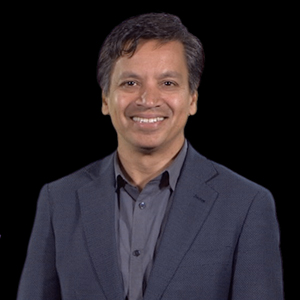
Deepak Srivastava is the President of Gladstone Institutes and a Senior Investigator and Director of the Gladstone Institute of Cardiovascular Disease and the Roddenberry Center for Stem Cell Biology and Medicine at Gladstone. He is also a Professor of Pediatrics and of Biochemistry and Biophysics at the University of California, San Francisco. Srivastava’s lab investigates… Continue Reading
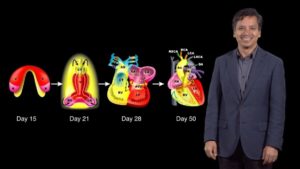
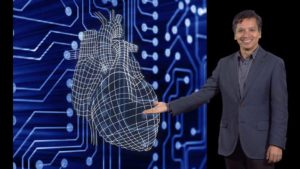
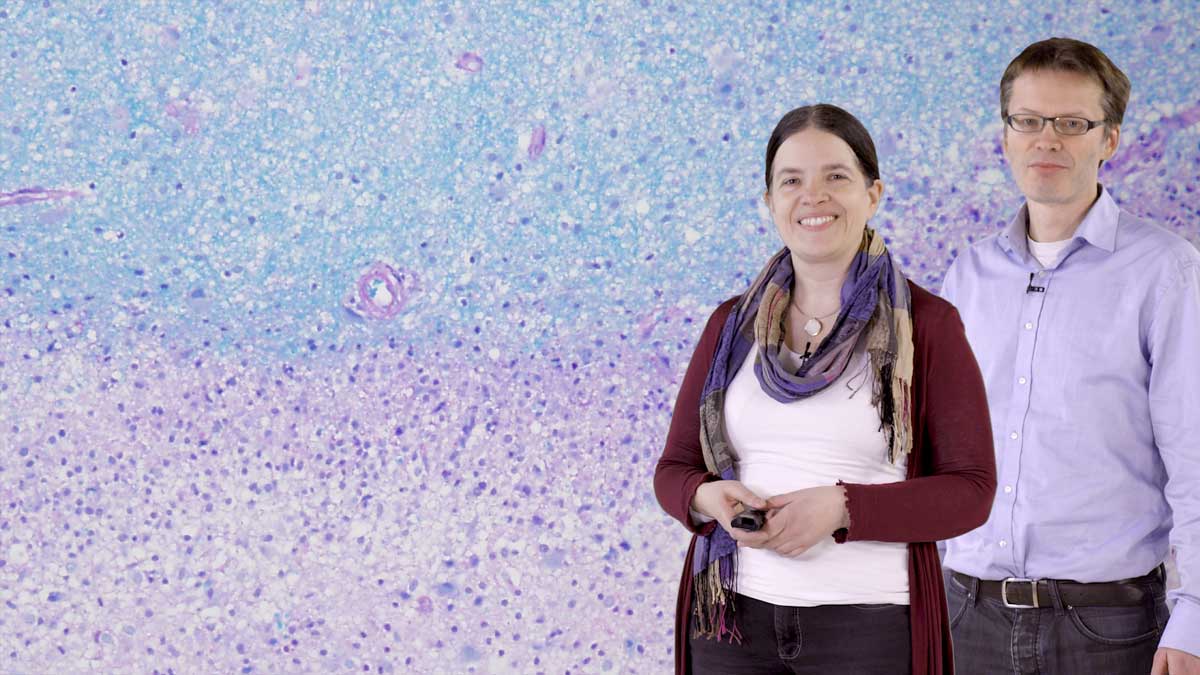
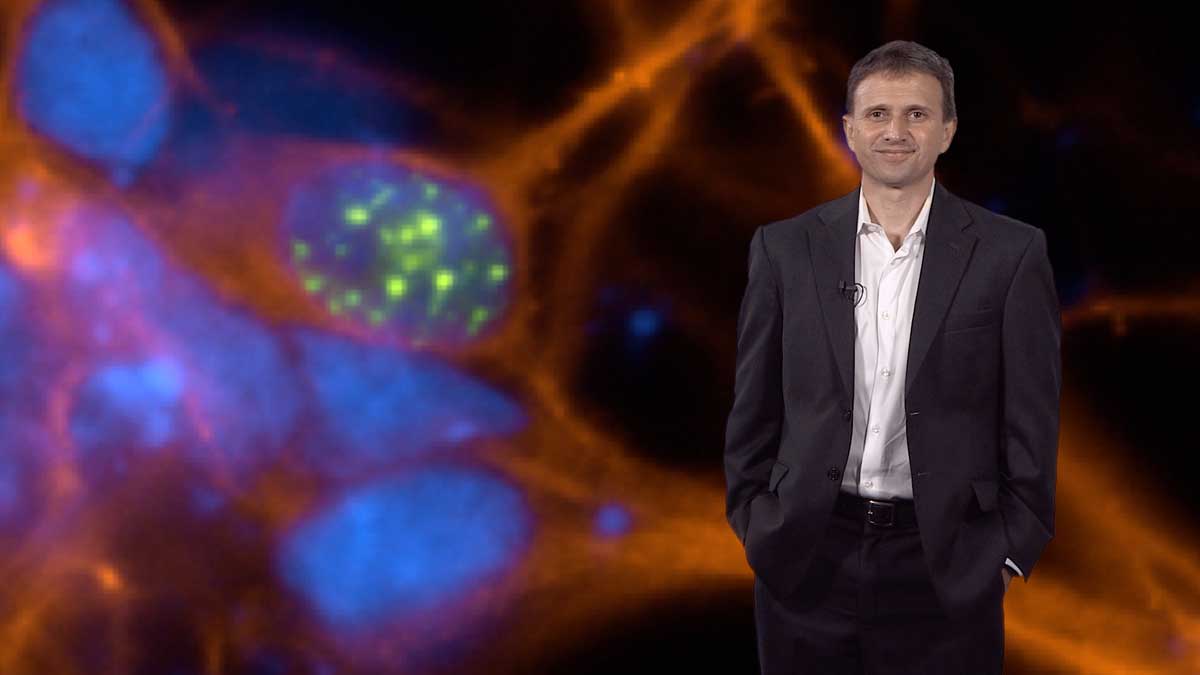
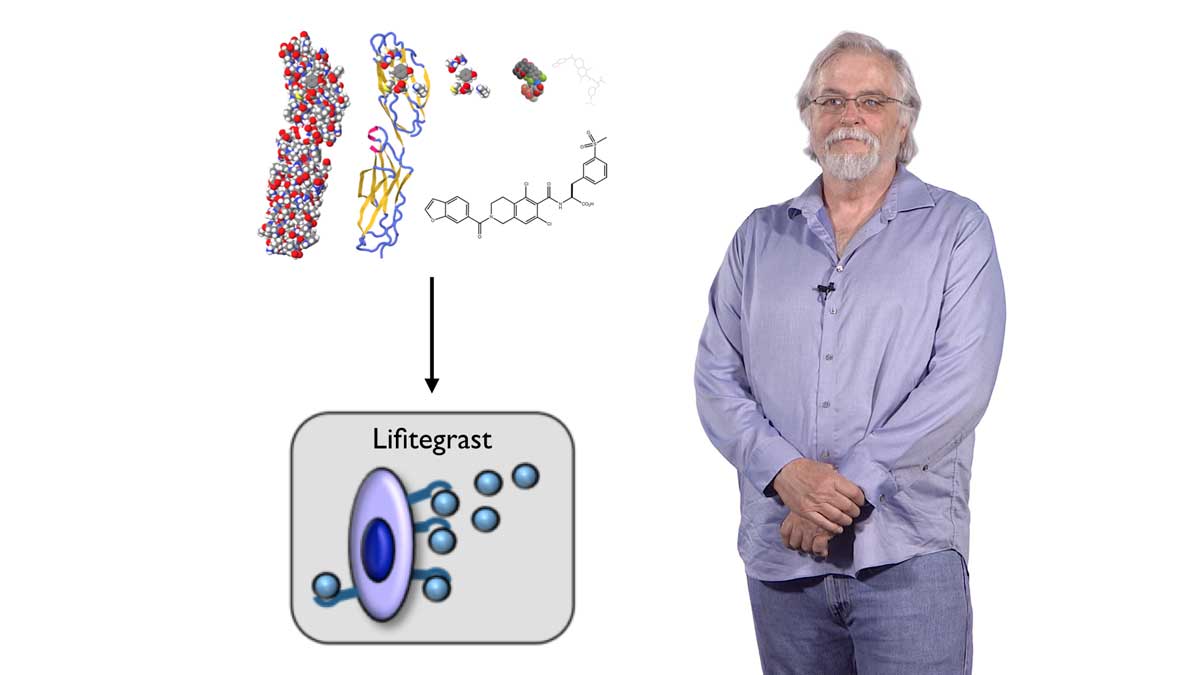
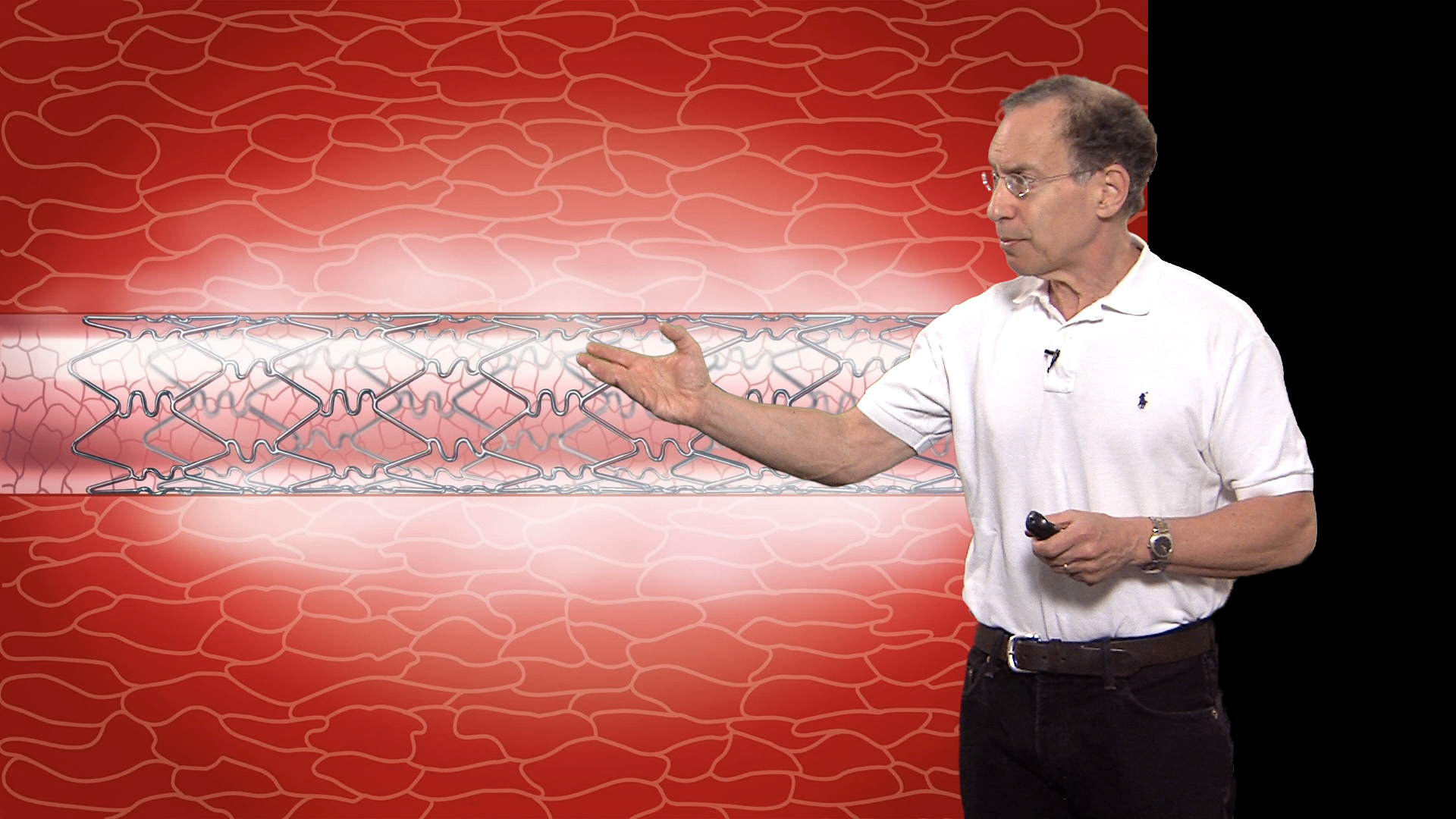


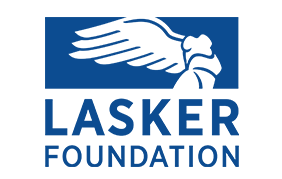

Leave a Reply